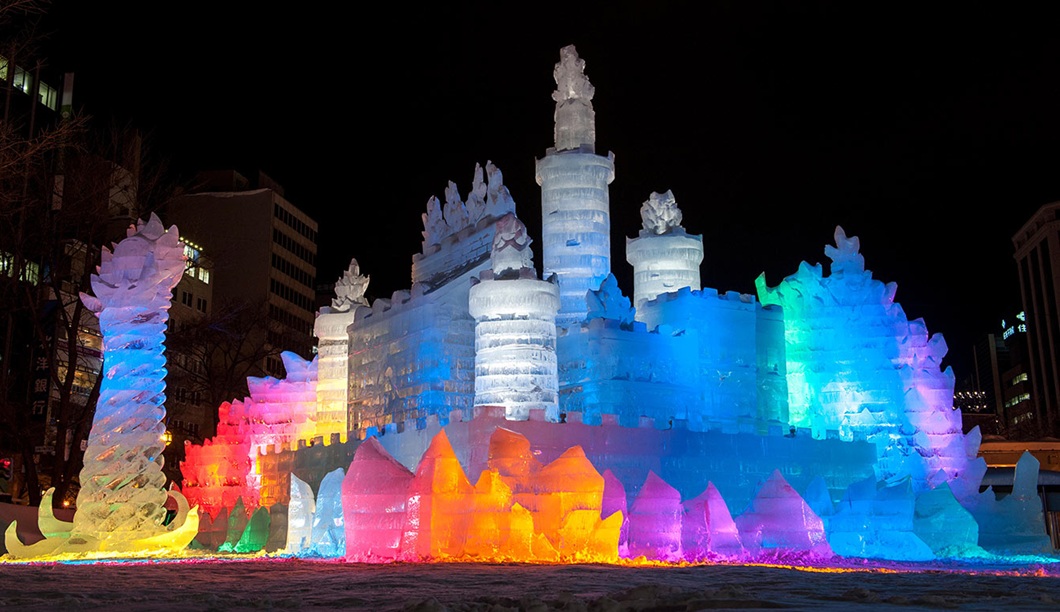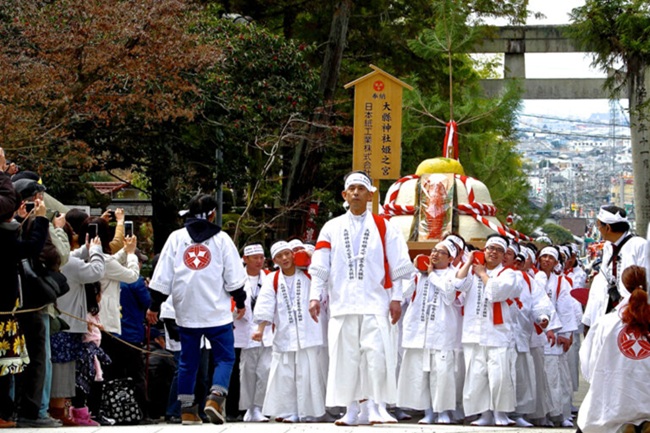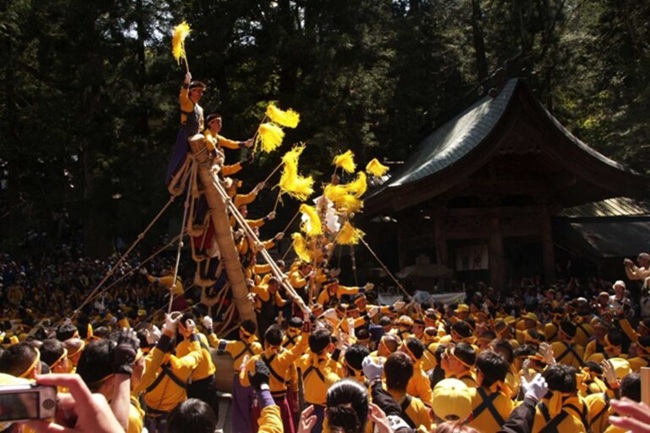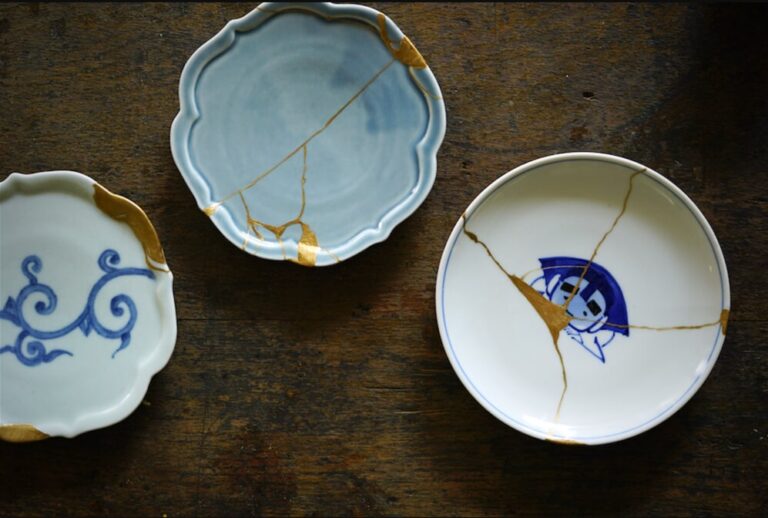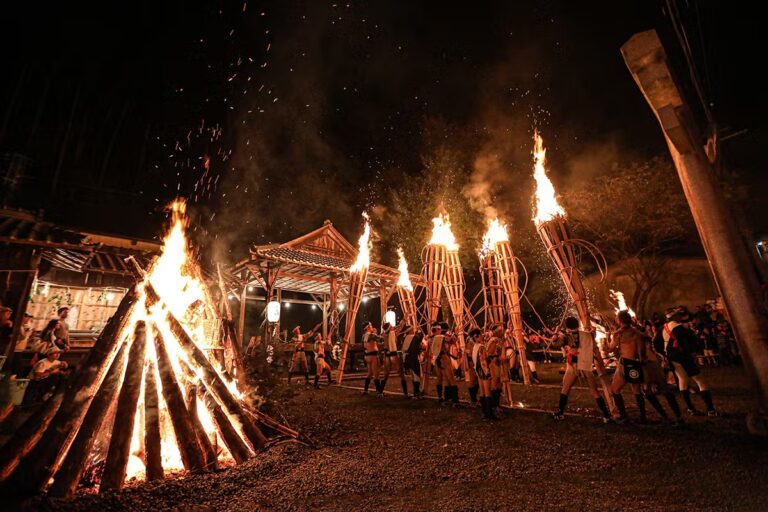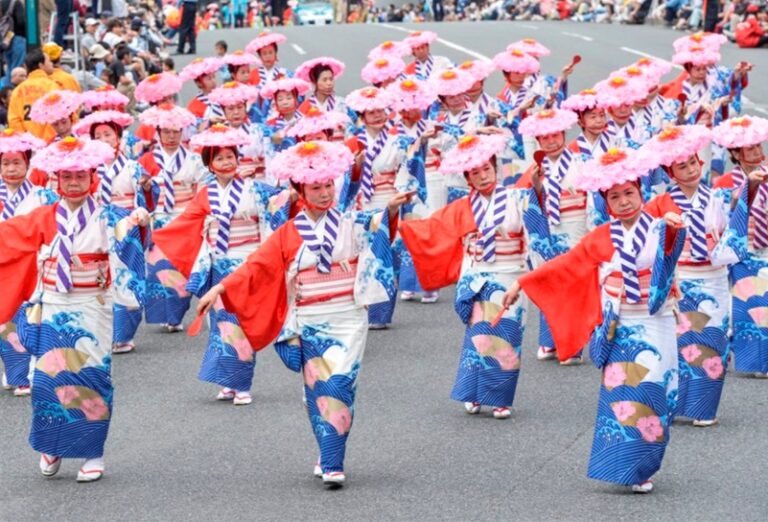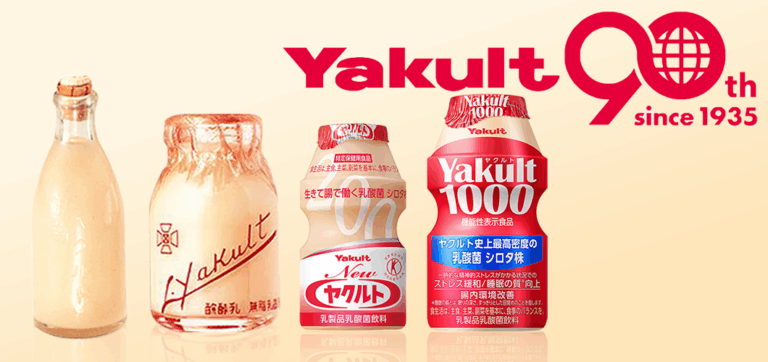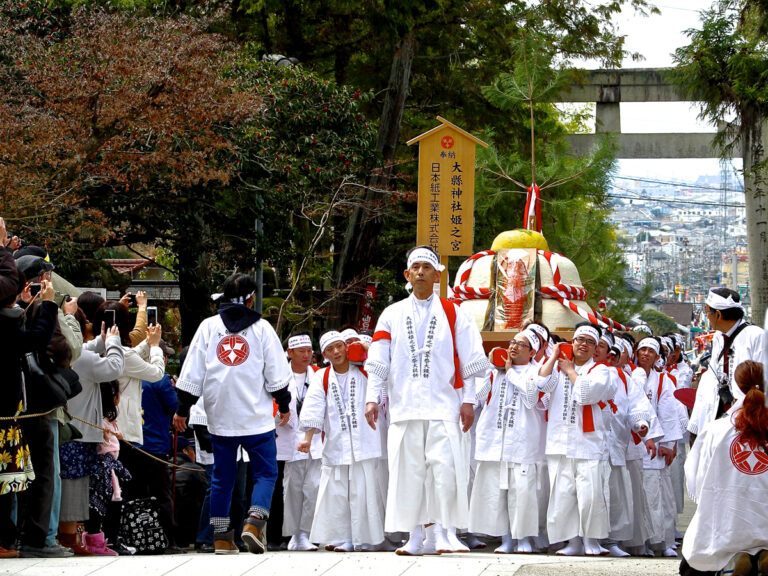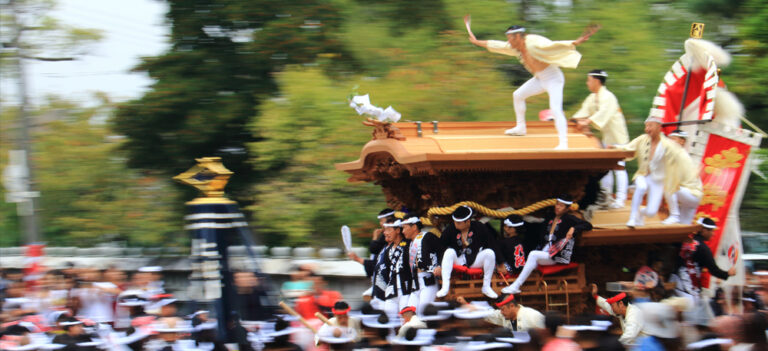Sapporo Snow Festival 2026 – One of the World’s Three Great Snow Festivals
The “Sapporo Snow Festival,” the largest winter festival in Hokkaido, attracts more than two million visitors every year. In Odori Park at the city center, in the entertainment district Susukino, and at the indoor facility Tsudome, the city is filled with art made of snow and ice. During the day, giant snow statues shine against the blue sky, and at night, illuminations create a fantastic atmosphere.
Sapporo Snow Festival 2006, Tsudome venue
In 1950, junior and senior high school students in Sapporo built six snow statues in Odori Park. Visitors far exceeded expectations, and the event, which also included snowball fights and a carnival, quickly became established as a winter tradition of the citizens.
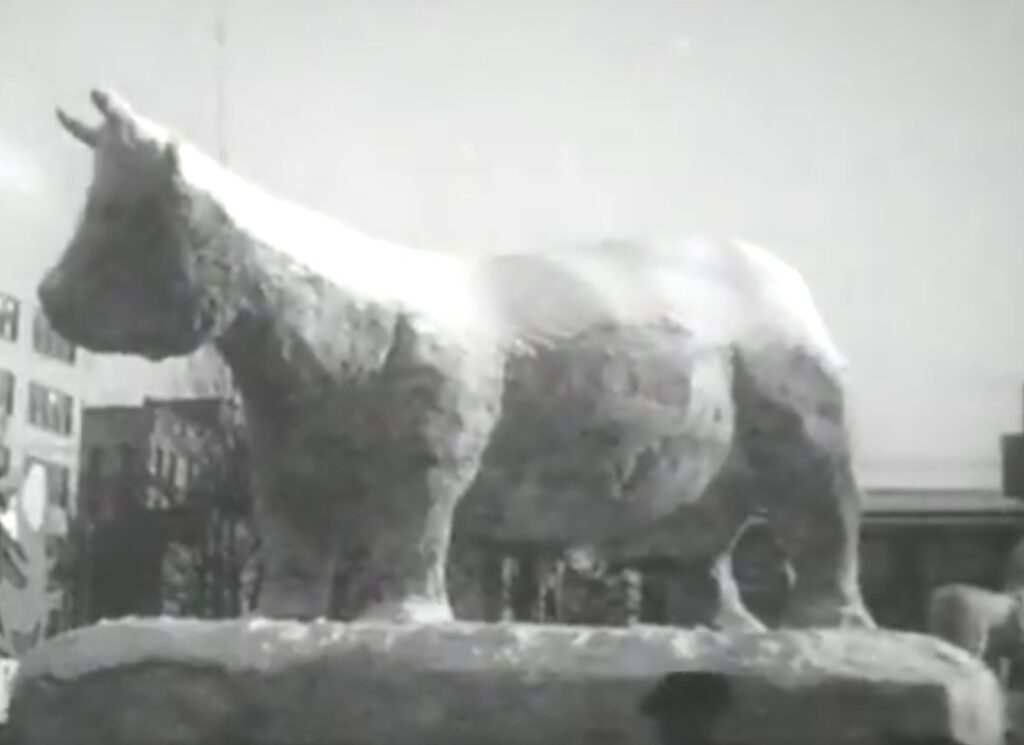
In 1953, the 15-meter-high giant snow statue “Shoten (Ascension)” appeared, and large-scale production using trucks and bulldozers began. From 1955, the Japan Ground Self-Defense Force joined, and the festival became known nationwide.
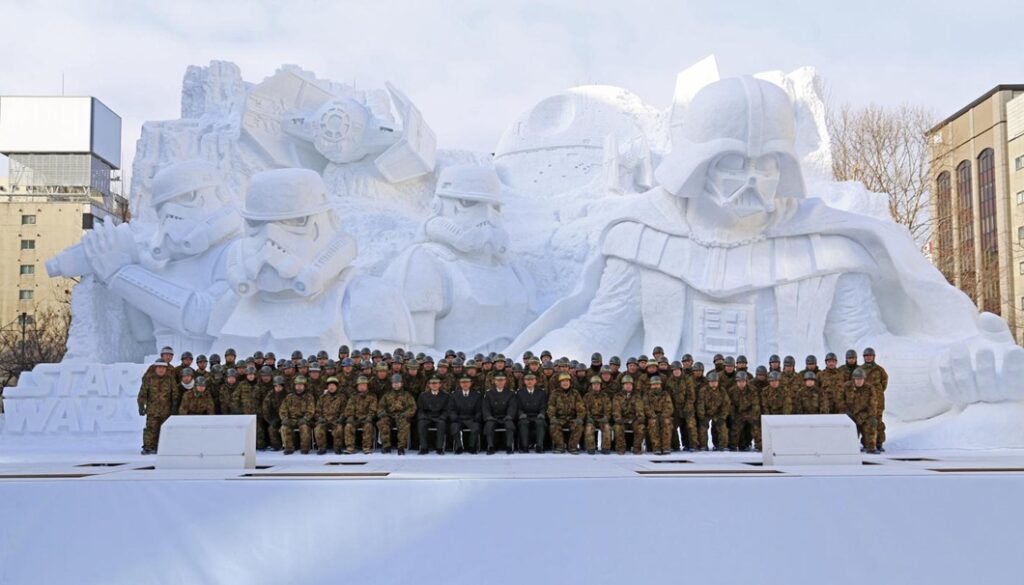
©Lucasfilm Ltd. & TM.
With the 1972 Sapporo Olympics, the festival was introduced worldwide, attracting visitors from abroad. In 1974, the International Snow Sculpture Contest started, with teams from all over the world competing in snow carving. In the 1980s, the Susukino ice sculpture site and the White Illumination were added, and the festival became an event that could be enjoyed even at night. In recent years, although the structure has changed due to safety measures and the reduction of the Self-Defense Force, the festival continues as a symbol of Sapporo’s winter.
How the Giant Snow Statues Are Made
Preparation begins in autumn of the previous year, when groups collect reference materials of buildings and create clay or wooden models. Snow is gathered from places near Sapporo such as Moerenuma Park and Ishikari Bay New Port, and sometimes even from mountain areas like Nakayama Pass or Lake Okotanpe in Chitose. In 2007, when snow was scarce, helicopters of the Ground Self-Defense Force were dispatched.
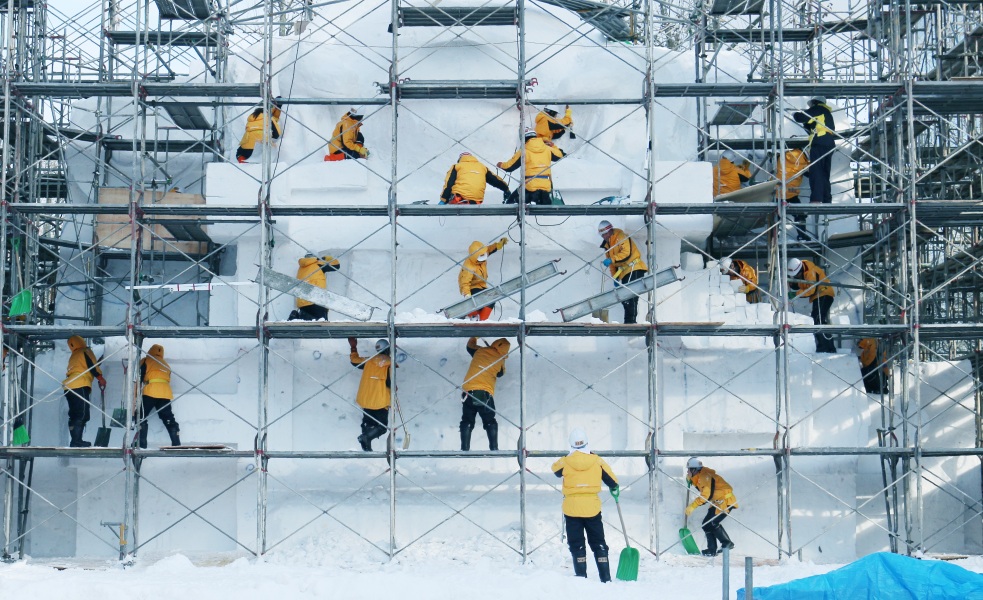
The amount of snow carried into Odori Park is about 6,000 truckloads with 5-ton trucks. Snow is piled up and compacted with heavy machinery to make giant blocks, then roughly cut with shovels, finely shaped, and finally finished by attaching fresh “makeup snow.” Production takes about one month, with completion right before the festival opens. During the festival, staff are always present, removing fallen snow, repairing damages, and sometimes working overnight.
Citizen snow statues are made during the five days right before the festival, carved out of prepared 2-meter-square snow cubes. Themes vary from zodiac animals, popular characters from anime or games, to social satire.
After the festival, all statues are demolished with heavy machinery, and the city of Sapporo begins preparing for spring.
Festival Sites: Odori / Susukino / Tsudome
Odori Park Site – Snow and Ice Stage in the City Center
Odori Park is a green space about 1.5 km long in central Sapporo, within walking distance from Sapporo Station. As the main site, blocks 4–10 feature giant and medium-sized snow statues, while blocks 1–3 have skating rinks, jump ramps, and ice sculptures.
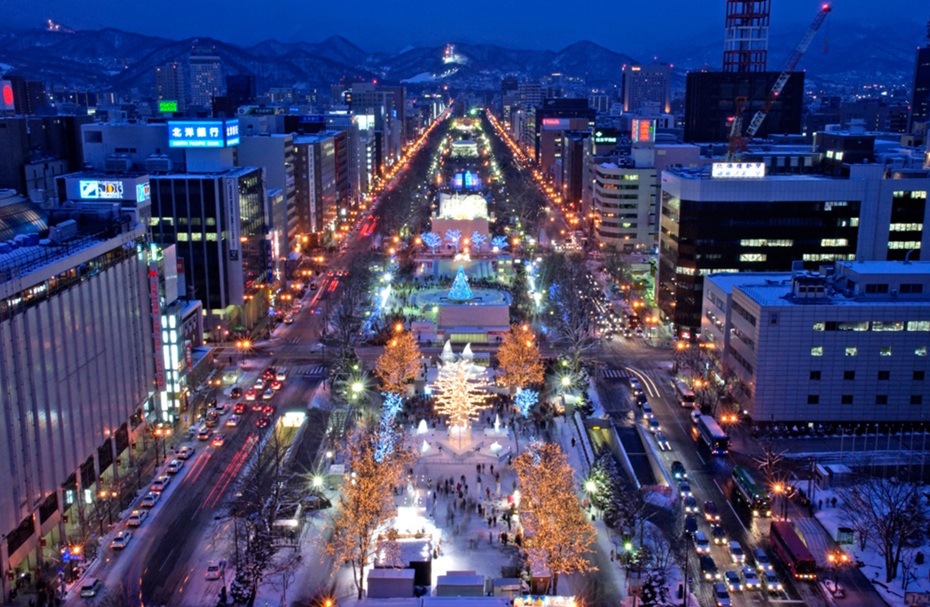
Applications for citizen snow statues reach three to four times the quota, with participants not only from Sapporo but also from other parts of Japan such as the U.S. Misawa Air Base. At block 11, the International Snow Sculpture Contest is held, where teams from various countries including sister city Portland in the U.S. compete.
Susukino Site – Ice Art in the Entertainment District
Susukino is the largest entertainment district in Sapporo. The “Susukino Ice World” is held here, and many of the works are ice sculptures created by hotel chefs using their carving skills. The transparent ice statues are illuminated at night, glowing in blue or purple light and creating a fantastic scene.
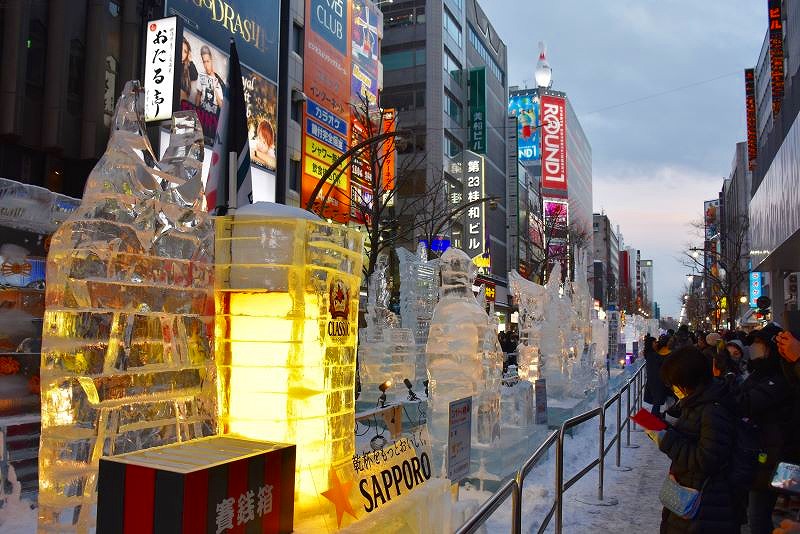
Tsudome Site – A Snow Playground for Families
“Tsudome” is a large dome facility in eastern Sapporo. Since 2009, it has been the second site of the festival, popular with families. Attractions include large snow slides, snow mazes, snowman making, and snow rafting. Inside the dome there are rest areas and food stalls, so visitors can enjoy the event regardless of the weather.
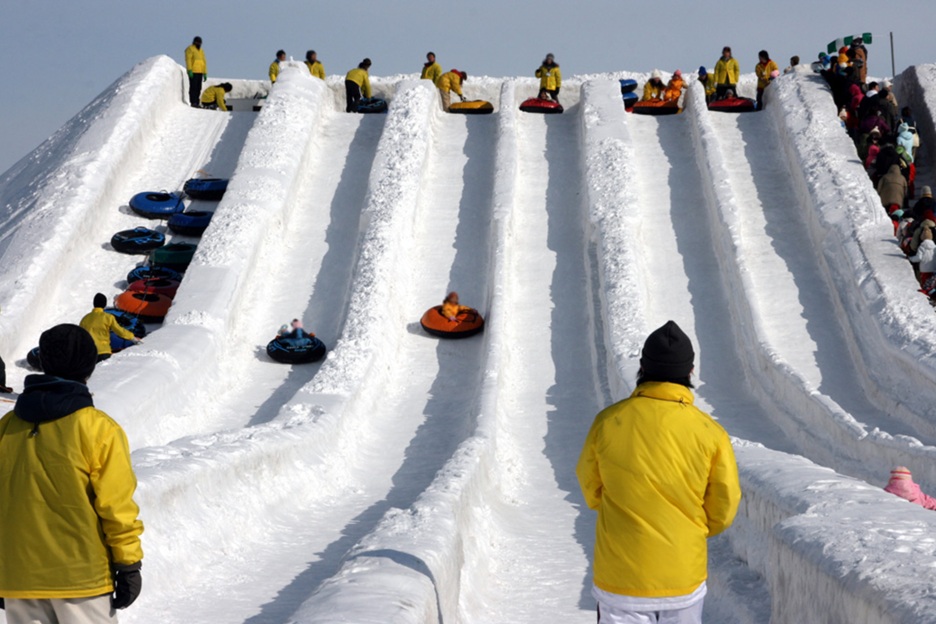
Visitor Tips & Cold-Weather Checklist
・The night illuminations at Odori Park and Susukino are highlights.
・To avoid crowds, weekdays during the daytime are recommended.
A model plan: enjoy snow play at Tsudome in the daytime, see the giant snow statues at Odori Park in the evening, and visit the Susukino ice sculptures at night.
What to Bring and Cold Weather Measures
Temperatures in Sapporo in February often fall below –10°C. Warm clothing such as down coats, gloves, hats, and scarves are essential. Footwear should be boots with non-slip soles because sidewalks are icy. Cameras and smartphones lose battery quickly in the cold, so spare batteries are recommended.
Position as One of the World’s Three Great Snow Festivals
The Sapporo Snow Festival is recognized alongside the Quebec Winter Carnival in Canada and the Harbin Ice Festival in China. It is a rare example of a Japanese event becoming an international tourism resource, and it is also widely recognized as a symbol of Sapporo.
2026 Sapporo Snow Festival Outline
Name: 2026 Sapporo Snow Festival (76th)
Period: February 4 (Wed) – February 11 (Wed, holiday), 2026
Sites:
・Odori Park Site (Odori Nishi 1–12 blocks)
・Susukino Site (South 4–7 blocks)
・Tsudome Site (Sapporo Community Dome)
Special linked event: Sapporo Dome (February 7–8)
If You Miss It: Where to See Snow/Ice Elsewhere
Sapporo Snow Festival Museum (Hitsujigaoka Observation Hill) exhibits models of past snow statues and posters.
Makomanai Garrison Museum (Japan Ground Self-Defense Force 11th Brigade) has a snow festival corner with materials of past statues. During the festival period, it is open to the public.
Enjoy the snow and ice festival
The festival fascinates people not only from Japan but also from around the world, and together with the Quebec Winter Carnival in Canada and the Harbin Ice Festival in China, it is counted as one of the “World’s Three Great Snow Festivals.”
Which festival will you go to next?

Editor and writer from Japan. Not the best at English, but I share real stories with heart and honesty — aiming to connect cultures and ideas that matter.

